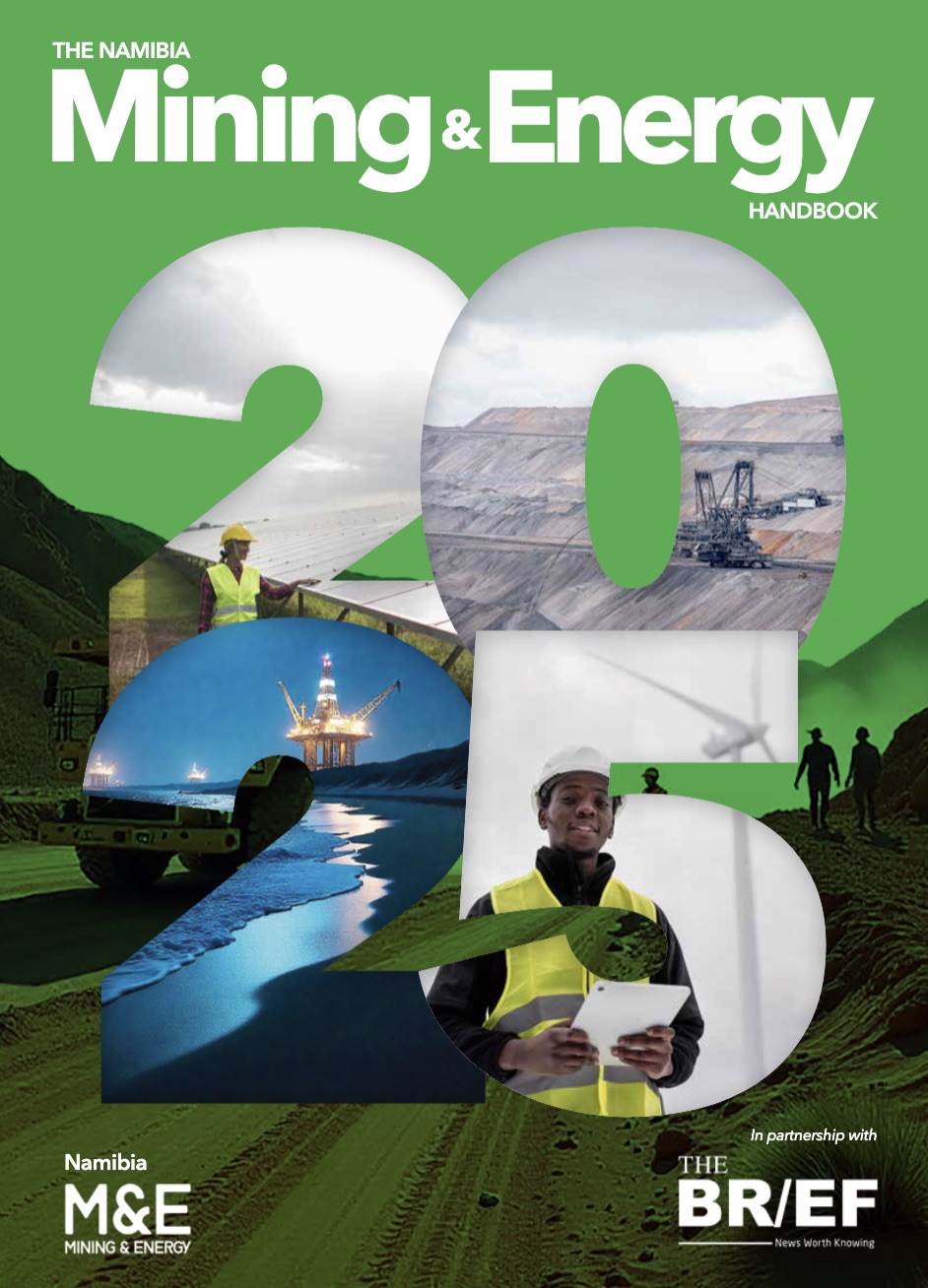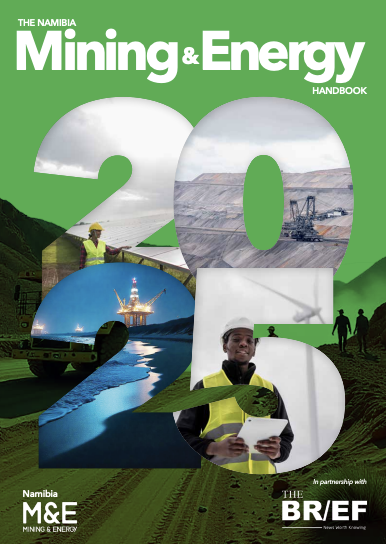
By Julien Karambua
Namibia’s aim to become a world leader in green hydrogen is accelerating, with major projects planned for the ǁKharas Region and other high-resource areas.
The country’s abundant sunshine, strong coastal winds, and strategic export position have already attracted international investment, particularly around Lüderitz, where large-scale renewable energy developments are taking shape.
Yet the true measure of success will not be the megawatts produced, or tonnes of hydrogen exported, it will be whether Namibians themselves are at the centre of building and running this industry.
Achieving that means rapidly equipping the local workforce with the right skills, certifications, and experience to meet global standards.
More than energy, it’s a driver of economic transformation
Green hydrogen is more than a power generation solution. It’s Namibia’s chance to diversify its economy, reduce reliance on imported electricity, and stimulate growth across logistics, manufacturing, and services.
Large-scale projects have the potential to create long-term, high-value jobs across multiple sectors, supporting the country’s industrialisation ambitions.
Lüderitz, in the ǁKharas Region, is a focal point for these developments. The area benefits from exceptional wind conditions, high solar potential, and access to port infrastructure.
While cultural heritage considerations at Lüderitz harbour, particularly at Shark Island, have influenced export planning, alternative routes through South Africa are being explored.
Creating sustainable jobs across the value chain
Renewable energy developments require a range of roles across different project stages. During construction, demand spans project and construction managers, artisans, civil engineers, scaffolders, and safety officers. Once operational, plants will rely on technicians, mechanical and electrical engineers, logistics coordinators, and operations and maintenance specialists.
Although many of these skills already exist in Namibia, international project standards mean that workers must hold recognised qualifications.
This creates a critical need for certification and upskilling to ensure that local workers meet global compliance requirements.
Certification as the key skills gap
In most cases, Namibia’s challenge is not the absence of core skills, but the lack of certification aligned with international benchmarks.
Tradespeople such as welders and riggers may be highly experienced, but without Red Seal or equivalent qualifications, they cannot fully participate in large-scale green hydrogen projects.
Recognising this, training providers, government, and industry are collaborating to close the gap, with Technical and Vocational Education and Training (TVET) centres in the ǁKharas Region to deliver targeted programmes that combine theoretical instruction with practical certification, in conjunction with the private sector.
Coordinated national effort
Namibia’s government is taking steps to encourage local workforce development through incentives offered by the Namibia Training Authority (NTA) to companies that train and employ Namibians.
Industry partners are expanding internship and apprenticeship opportunities to give young people exposure to real project environments, while recruitment drives focus on trainable youth from local communities to ensure the benefits are rooted locally.
Bridge training programmes designed with industry input are providing project-specific certifications, including hydrogen safety, and on-site internships and shadowing opportunities are accelerating practical learning.
International training exchanges are also enabling Namibians to study and work abroad in similar industries before returning with valuable expertise.
Together, these measures aim to create a continuous skills pipeline that supports current and future renewable energy projects while strengthening the national labour market.
Why skills alignment matters
Without alignment between energy investments and workforce readiness, Namibia risks building a world-class green hydrogen sector operated predominantly by external labour. This would limit local economic benefits and slow skills transfer.
Integrating skills development from the outset ensures that projects can be delivered on time and on budget, while also building sustainable employment in communities near project sites. Local participation strengthens social support for projects, fosters a sense of national ownership, and enhances the stability of the industry over the long term.
Stakeholder engagement is essential to ensure that the benefits of renewable energy projects are widely shared.
This includes working closely with local communities to align project goals with regional priorities, address potential concerns, and maximise opportunities for participation.
Strong community involvement helps to embed projects into the local economic and social fabric, creating lasting value beyond the construction phase.
A people-centred clean energy transition
Namibia’s solar and wind resources offer a powerful foundation for renewable energy, but realising the full potential of green hydrogen requires a focus on people as well as technology.
Success depends on positioning green hydrogen as a people-centred project, integrating skills development into the country’s energy independence plans, and growing local employment opportunities in step with infrastructure investments.
When workforce development keeps pace with these projects, Namibia can achieve sustainable energy independence and foster broad-based economic growth, ensuring that the green hydrogen sector supports not only the power grid but the long-term wellbeing of the nation.
* Julien Karambua is the Country Manager at Workforce Staffing Namibia







